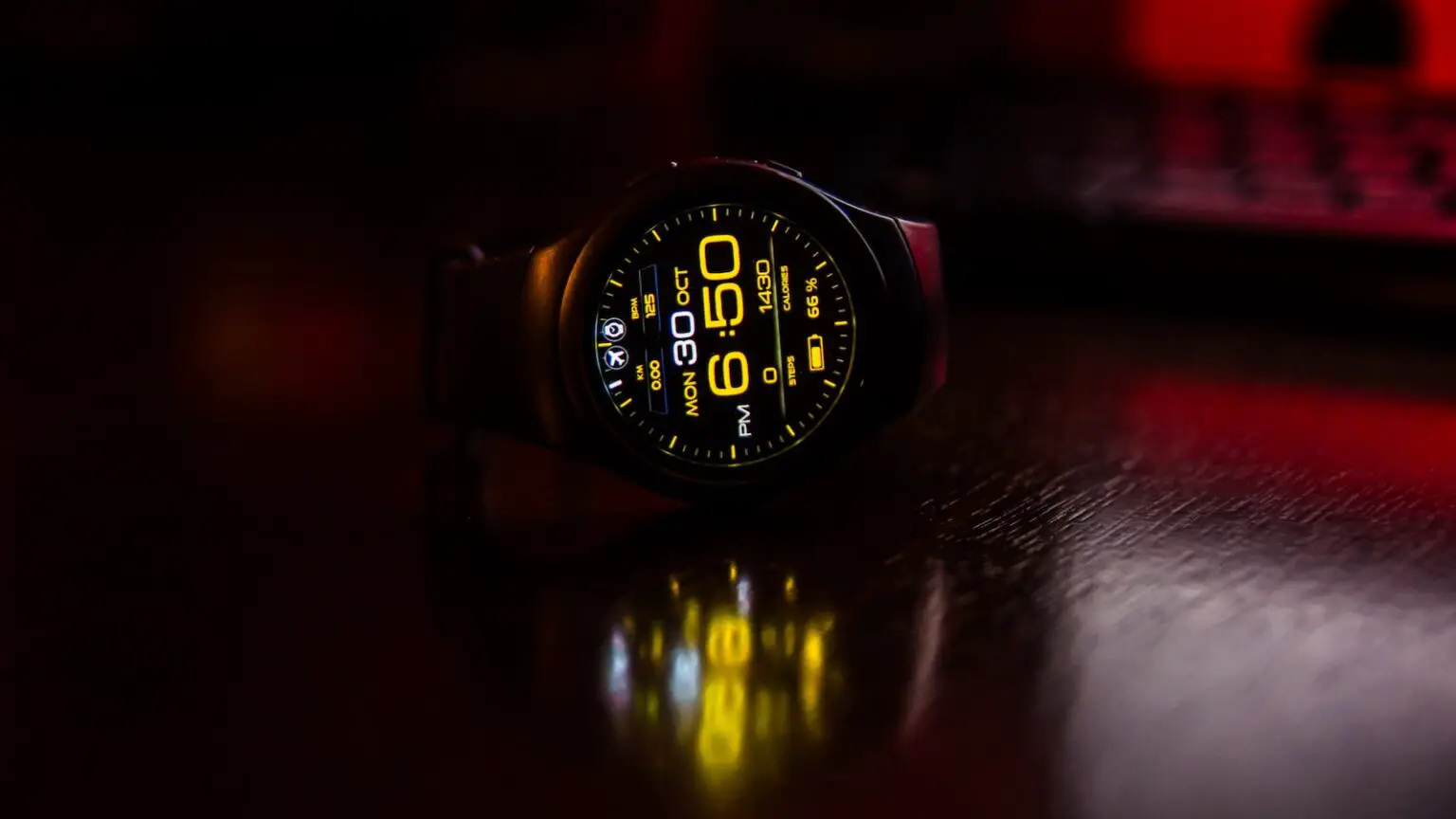Understanding Time and Dates
Time and dates are essential elements of our daily lives. They help us organize and plan our activities, ensuring we stay on track and meet our commitments. However, sometimes time can be confusing, especially when we encounter different formats or translations across languages and cultures.
The Misconception of Time
Many individuals make mistakes when interpreting time due to challenges in translation or cultural differences. For instance, the phrase “34 atau jam setengah 14 atau jam” may seem perplexing to someone unfamiliar with Indonesian language conventions. It may be translated as “34 or half past 14,” but in reality, it simply means that it is currently 12:46. Additionally, the mention of different days further complicates matters.
Date and Day Discrepancies
In this particular text, the author mentions the discrepancy between the written date and the actual day. The text states “hari Minggu, sedangkan sekarang hari Sabtu” which translates to “Sunday, while today is Saturday.” This discrepancy raises questions about the intended date. Does it refer to the 17th of February, which falls on a Sunday? Without additional context, it is challenging to determine the exact date being referred to.
Interpreting the Use of “Nah Tadi”
The phrase “Nah tadi” is mentioned in the text but is not elaborated upon. It is unclear what this phrase signifies or how it relates to the previous statements. Without more information or context, it is difficult to decipher its meaning and relevance within the text.
Exploring the Role of iPhone Signals
The mention of iPhone signals within the text sparks curiosity. How does this relate to the overall topic of time? Perhaps it signifies how technology, such as smartphones, has become integral to our daily lives. We can utilize our iPhones as timekeeping devices, allowing us to stay punctual and manage our schedules effectively. However, the limitations of relying solely on iPhone applications are also acknowledged, as they may have their drawbacks compared to traditional methods or more specialized instruments.
Unlocking New Possibilities
Despite potential limitations, smartphones offer a wide range of capabilities beyond just timekeeping. The text implies that iPhones have various applications that can enhance our experiences further. For example, their communication functions can be used to make calls or search for contacts in a phonebook. Additionally, the inclusion of a camera can provide opportunities for capturing moments and creating visual records of our lives.
The Price of Quality
The author mentions the superior quality of the iPhone’s camera but notes that its price is Rp100. It is unclear whether this refers to a measurement of quality or the actual cost of the product. Without further clarification, the intended meaning remains ambiguous.
Understanding time and dates can be challenging, especially across different languages and cultural contexts. This text highlights some of the complexities and misconceptions that can arise when interpreting time-related information. While smartphones, specifically iPhones, offer various features that can enhance our daily lives, it is important to recognize their limitations and consider alternative methods for accurate timekeeping and date interpretation.


